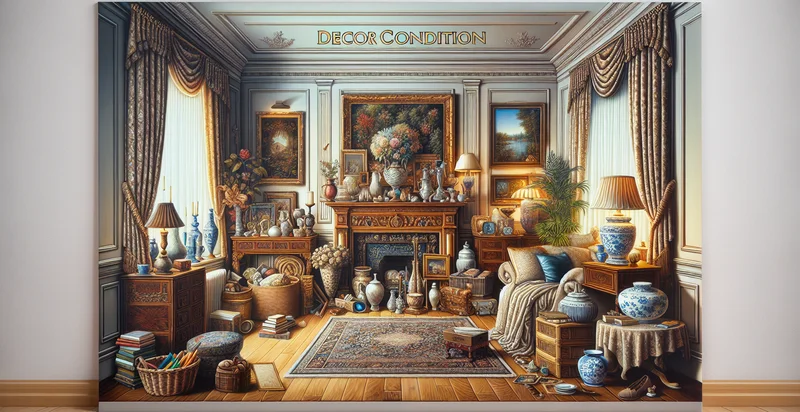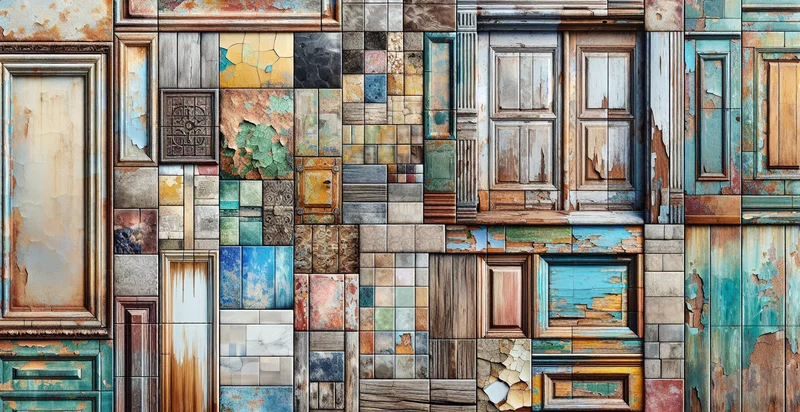Identify decor condition
using AI
Below is a free classifier to identify decor condition. Just upload your image, and our AI will predict the condition of various types of decor items - in just seconds.

Contact us for API access
Or, use Nyckel to build highly-accurate custom classifiers in just minutes. No PhD required.
Get started
import nyckel
credentials = nyckel.Credentials("YOUR_CLIENT_ID", "YOUR_CLIENT_SECRET")
nyckel.invoke("decor-condition", "your_image_url", credentials)
fetch('https://www.nyckel.com/v1/functions/decor-condition/invoke', {
method: 'POST',
headers: {
'Authorization': 'Bearer ' + 'YOUR_BEARER_TOKEN',
'Content-Type': 'application/json',
},
body: JSON.stringify(
{"data": "your_image_url"}
)
})
.then(response => response.json())
.then(data => console.log(data));
curl -X POST \
-H "Content-Type: application/json" \
-H "Authorization: Bearer YOUR_BEARER_TOKEN" \
-d '{"data": "your_image_url"}' \
https://www.nyckel.com/v1/functions/decor-condition/invoke
How this classifier works
To start, upload your image. Our AI tool will then predict the condition of various types of decor items.
This pretrained image model uses a Nyckel-created dataset and has 20 labels, including Antique, Classic, Damaged, Dilapidated, Discolored, Fabricated, Gently Used, Modern, New and Outdated.
We'll also show a confidence score (the higher the number, the more confident the AI model is around the condition of various types of decor items).
Whether you're just curious or building decor condition detection into your application, we hope our classifier proves helpful.
Related Classifiers
Need to identify decor condition at scale?
Get API or Zapier access to this classifier for free. It's perfect for:
- Property Condition Assessment: Real estate agents can utilize the false image classification function to quickly determine the condition of a property's interior and exterior from uploaded images. This automated analysis allows agents to provide prospective buyers with accurate descriptions without relying solely on subjective assessments.
- E-commerce Quality Control: E-commerce platforms can implement the identifier to assess and classify product images for quality issues such as wear, damage, or defects before items are listed for sale. This helps maintain a high standard of product presentation and improves customer satisfaction.
- Insurance Claim Verification: Insurance companies can leverage the function to verify the condition of assets being claimed to ensure that submitted images match the reported damage. This reduces fraud and streamlines the claims processing workflow, leading to faster resolutions.
- Renovation Planning: Construction and renovation companies can use the false image classification function to evaluate the current state of buildings based on uploaded photographs. By understanding the conditions depicted in the images, they can better plan renovations and allocate resources efficiently.
- Facility Management: Facilities managers can employ this function to assess the condition of various building elements, such as walls, floors, and windows, from images taken during routine inspections. This enables proactive maintenance and helps avoid costly repairs by identifying issues early.
- Marketing and Advertising: Marketers can use the condition identifier to select high-quality images for campaigns by filtering out those with undesirable conditions. This ensures that promotional materials reflect the brand's quality standards and create a positive impression on potential customers.
- Auction Pricing Strategy: Auction houses can implement the function to determine the condition of items being sold based on images submitted by sellers. By accurately assessing the condition, auctioneers can set more appropriate starting bids and provide better information to potential buyers, enhancing the overall auction experience.


